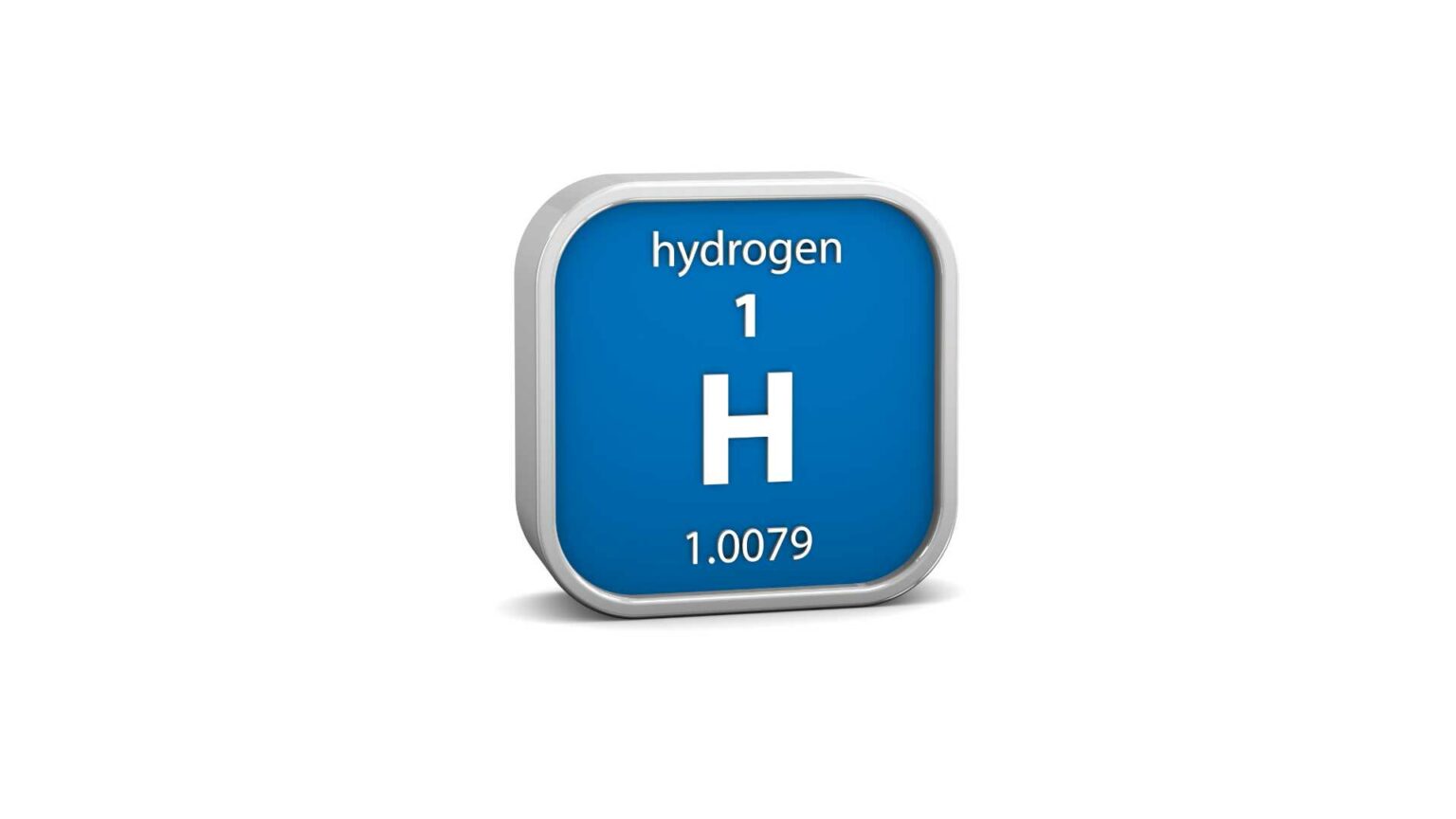A recent study published in the International Journal of Hydrogen Energy titled “Opportunities of Hydrogen and Ammonia Trade Between Europe and MENA” addresses the growing role of hydrogen (H2) and ammonia (NH3) in Europe’s energy transition.
Authored by Amir Fattahi, Francesco Dalla Longa, and Bob van der Zwaan, the paper will be released on September 19, 2024.
The research centers on the potential economic benefits and logistics of establishing a trade network for green hydrogen and ammonia between Europe and the Middle East and North Africa (MENA). Given MENA’s vast solar power resources, the region is positioned to become a low-cost supplier of these clean energy carriers. The study applied the integrated assessment model, TIAM-ECN, to assess the cost-benefit dynamics of this prospective trade.
Key findings from the paper include:
1. Hydrogen and ammonia imports from MENA to Europe can be economically viable, despite the necessary infrastructure and transportation investments.
2. MENA stands to achieve cost savings exceeding 6% by 2050 through this trade.
3. Europe’s potential cost savings from these imports could reach $40 billion annually by 2050.
4. Import diversity, rather than simply cost savings, could be a significant driving factor for Europe in importing hydrogen and ammonia.
The investigators assumed the availability of hydrogen pipelines from North Africa to Europe and the use of shipping for liquefied hydrogen and ammonia transport from the Middle East.
The broader relevance of this research lies in its implications for the hydrogen market and Europe’s energy strategy. With the EU’s ongoing efforts to reduce dependency on Russian natural gas following geopolitical tensions and to further its renewable energy agenda, importing hydrogen and ammonia appears both a strategic and economic imperative. The focus on hydrogen and ammonia, versatile carriers of renewable energy, aligns with long-term goals to reach climate neutrality by 2050.
Moreover, the ability to import green hydrogen from MENA addresses potential limitations in Europe’s renewable energy capacity and infrastructure. This integration could lower overall costs, facilitate the diversification of energy sources, and enhance energy security.
The study brings forth important considerations regarding the required infrastructure. It highlights the necessity of establishing suitable transport modes such as pipelines for gaseous hydrogen and ships for liquefied forms. With advancements in electrolysis technology, green hydrogen production, which splits water into hydrogen and oxygen using renewable energy, becomes increasingly feasible and economically rational.





